Monuments in Poland: A Journey Through History and Heritage
Poland's monuments are cultural gems and tourist attractions, often honoured by the UNESCO organisation and witnesses to the country's history. And that history is long, interesting and eventful.
We present some of Poland's most interesting monuments that are definitely worth a visit!
Monuments in Poland
Poland offers not only natural beauty, such as mountains and sea but also a multitude of monuments. UNESCO has identified 17 of them on its list.
- Auschwitz Birkenau – German Nazi Concentration and Extermination Camp
- Historic Centre of Kraków
- Historic Centre of Warsaw
- Castle of the Teutonic Order in Malbork
- Centennial Hall in Wrocław
- Medieval Town of Toruń
- Muskauer Park
- Old City of Zamość
- Churches of Peace in Jawor and Świdnica
- Kalwaria Zebrzydowska: the Mannerist Architectural and Park Landscape Complex and Pilgrimage Park
- Krzemionki Prehistoric Striped Flint Mining Region
- Tarnowskie Góry Lead-Silver-Zinc Mine
- Wieliczka and Bochnia Royal Salt Mines
- Wooden Tserkvas of the Carpathian Region in Poland
- Wooden Churches of Southern Małopolska
To this list should be added natural monuments, also recognised by UNESCO:
- Ancient and Primeval Beech Forests of the Carpathians and Other Regions of Europe
- Białowieża Forest
Many of the sights are in the southern part of Poland, but even if you're starting out from Krakow, it's worth being able to move around easily. We recommend hiring a car – it'll make your trip much easier and more comfortable.
The list above only covers some of the options. So, what are the most famous monuments in Poland that we especially recommend visiting?
Famous Monuments in Poland
Krakow, Poland's former capital and royal city, is home to one of the country's most popular attractions, Wawel Castle, which was mentioned in the previous list. However, why is it so popular? After all, there are at least 402 castles in Poland.
The impressive complex of buildings at Wawel Castle, ranging in style from Romanesque to Renaissance, has attracted tourists worldwide for centuries.
The interior of the castle contains:
- Magnificent chambers.
- Treasuries full of jewels.
- A cathedral where the kings of Poland are laid to rest.
Wawel has been the coronation site of kings, the seat of monarchs, and a witness to crucial events in Polish history for centuries.
Moving on from the former capital of Poland, let's explore the current capital, Warsaw, which has some notable attractions. For example, we find the Royal Baths Park (Łazienki Park), a historical park that spans 76 hectares.
It features stunning palaces, pavilions, classical gardens, and many monuments, all contributing to a distinctive cultural landscape. The Łazienki Park was constructed during the rule of King Stanisław August Poniatowski, who aimed to create a place befitting European monarchs. At the heart of the complex is the Palace on the Isle, situated on the remnants of a 17th-century bathhouse.
Other significant sites within Lazienki Park include the Myślewicki Palace, built for the king's associates, and the Old Orangery.
Soviet Monuments in Poland
While in Warsaw, it's worth visiting one of the city's landmarks – the Palace of Culture and Science. It's Poland's most famous monument from the Soviet era, known for its socialist-realist style. The Palace of Culture and Science is today's cultural and entertainment centre with theatres, museums, and cinemas, as well as numerous offices and scientific institutions.
On the 30th floor, there is a viewing platform with a breathtaking view of the entire city of Warsaw.
Another, but lesser-known attraction from the Soviet Era is the bunkers in the forest in the village of Kęszyca Leśna and the monument to the Soviet liaison officer there. The memorial's military tone has been softened by pastel colours: instead of brave khaki, the soldier is covered in pale celadon.
Historical Monuments in Poland
Finally, we'll look at some historical monuments. Of course, almost any monument can be described as such, but some of them are living examples of times gone by. Two monuments in particular are worth mentioning.
Biskupin
Biskupin is one of the most important archaeological discoveries in Poland. In 1933, drainage and irrigation works began archaeological excavations, which revealed extremely well-preserved fragments of a settlement dating back some 2,700 years. Thanks to precise reconstruction, we can now admire the huts, streets, and squares that reflect the life of the inhabitants of that time.
Castle of the Teutonic Order in Malbork
The history of Malbork Castle is inextricably linked with the Teutonic Order, which decided to build its fortress here in the 13th century. Over the centuries, the castle has witnessed many events, from battles to diplomatic negotiations. Today, it is one of the most exciting attractions in northern Poland.
Are you hungry for more attractions? Check out the best places to see in Poland to add more to your travel list.

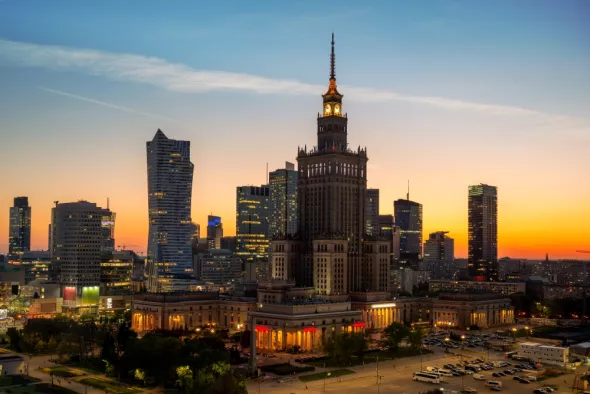
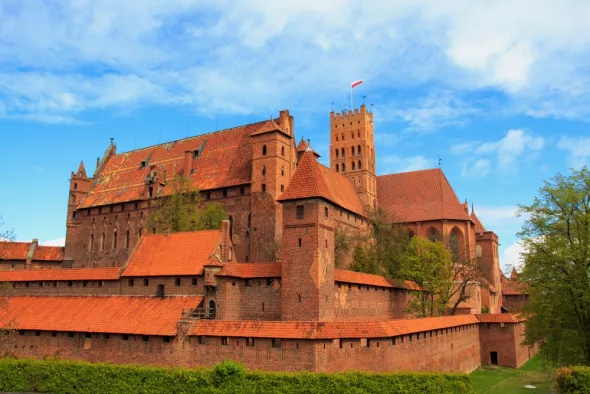
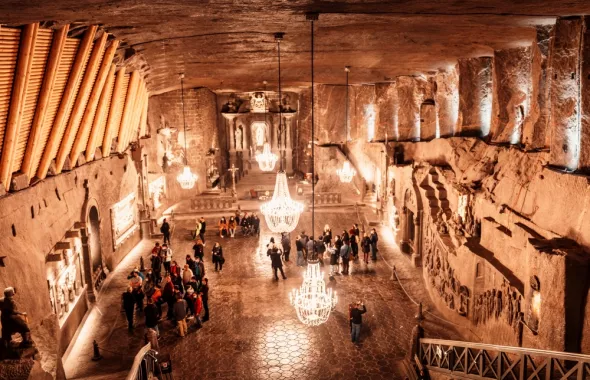
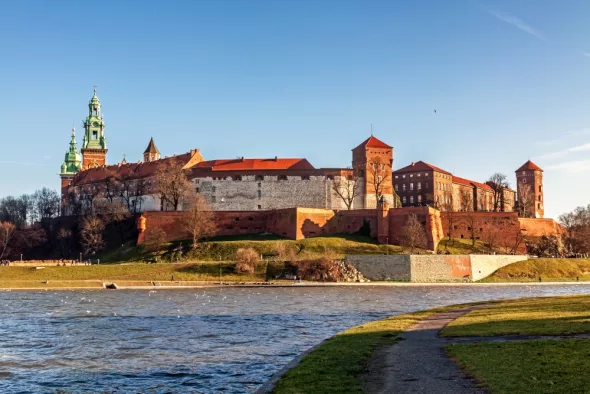
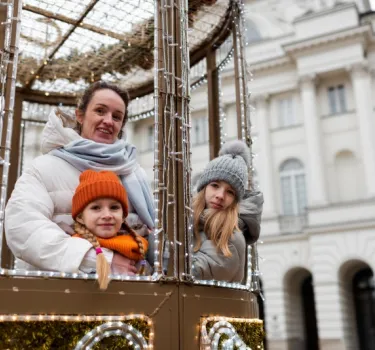


Comments (0) Show comments